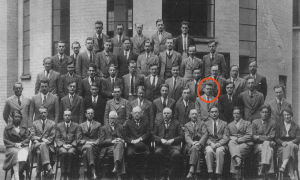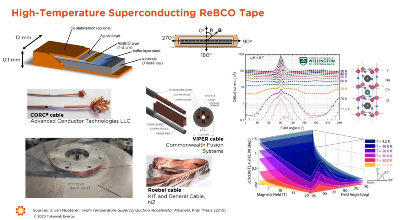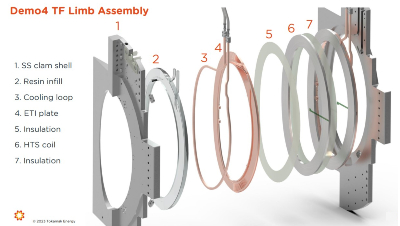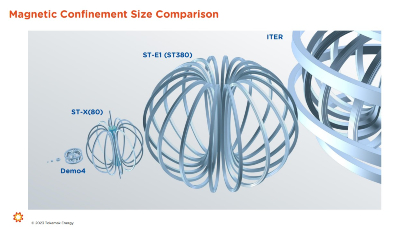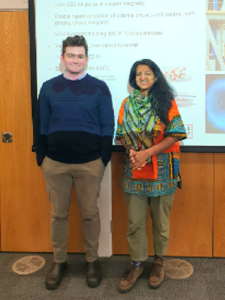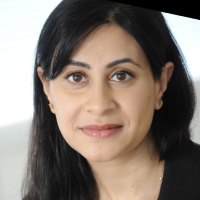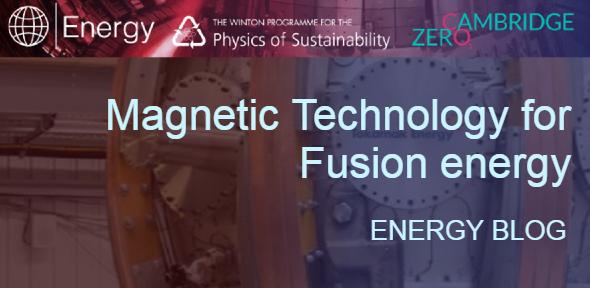
Fusion offers a potential as a long-term energy source without the hazards of the long-lived radioactive waste.
For the uninitiated reader, nuclear fusion and fission are two physical processes that release energy from atoms. Fission splits a larger atom into two or smaller ones, whereby a tremendous amount of energy is released. Processed in nuclear power reactors, the energy released heats water into steam, which in turn is used to spin a turbine to produce carbon-free electricity. The first commercial electricity-generating plant powered by nuclear fission energy reached its full design power in 1954 – the Obninsk Nuclear Power Plant in the Soviet Union. It was in 1956 the world's first full scale power station opened - Calder Hall in the UK.
Fusion combines two light atomic nuclei to form a bigger and heavier nucleus, while releasing massive amounts of energy. Fusion could generate four-to-five times more energy density than fission without forming long-lived radioactive nuclear waste.
On the 10th November 2023, Dr Alex Davies (Tokamak Energy Ltd), presented “Magnet Technology for Fusion Energy” at the Maxwell Centre. Alex Davies provided a brief history of nuclear energy and the recent developments in magnet technology. Tokamak Energy Ltd, based in Oxford, is leading the way in fusion energy. Their mission – “to develop and commercialise nuclear fusion as source of safe, clean, affordable energy in the 2030s”. The Tokamak Energy technology combine their compact spherical tokamak designs with high-temperature superconducting magnets.
It was in 1934 that at the University of Cambridge, Mark Oliphant detected tritium (radioactive isotope of hydrogen - T or 3H) and first experimentally observed nuclear fusion. Building on Arthur Eddington’s postulation (1920, University of Cambridge) that stars release energy from the fusion of hydrogen atoms into helium. Deuterium-tritium (DT) reaction has been identified as the most efficient for fusion devices. Tritium is produced during fusion reaction through contact with lithium salts.
Image: Cavendish Laboratory 1933. Second row - Mark Oliphant, pictured here with James Chadwick, JJ Thomson, Ernest Rutherford, Patrick Blackett,
Fusion in the private sector
Established in 2009, Tokamak Energy produced its first working prototype in 2013. It is the only private company with an operating spherical tokamak, and it is pioneering high temperature superconductors (HTS) magnet technology for fusion. The spherical tokamak, ST-40, has operated and achieved efficient fusion and the highest triple product of any private fusion company. It has grown to over 300 employees (70 PhDs and 75 MScs), and over 75 families of patents.
In 2020, Tokamak Energy broke the world-record for the highest magnetic field of 24 Tesla at 20 Kelvin. Two years later, it was the first private fusion company to achieve 100MoC plasma ion temperature in a tokamak.
The tokamak HTS component comprises of rare-earth barium copper oxide (ReBCO) tape. This family of chemical compounds are known for exhibiting high-temperature superconductivity, which have the potential to sustain stronger magnetic fields than other superconductor materials. This conducts electricity with zero electrical resistance and as a tape, can be manufactured in flexible, long lengths. At a 1mm thickness, the tape can carry high current density of 2000A/mm2 at 20K in a single 1mm thick by 12mm wide HTS tape. There are several international suppliers, which provide various stacking orders, incorporating up to 1km of a single crystal that can be wound around a coil. The challenges in using the tape include splicing tape joints and delamination should it twist. Work on ReBCO tape is being carried out at the Cavendish Laboratory, University of Cambridge.
Alex Davies has been working on the Tokamak Energy HTS magnet for fusion system, Demo4. The device has forty-four HTS magnets which operate at 18 Tesla at 20K, where up to 28 D-shaped coils are packed into 14 toroidal field (TF) limbs. The Tokamak Energy Demo4 system has a 1.5m diameter, and is expecting 18T, with the cooling system at 2m width and 5m height. Alex has been building and installing the system control and instrumentation for all of Demo4, including designing the printed circuit boards and software. Demo4 will include over five hundred sensors for electrically and optically measuring temperature, mechanical strain, and magnetic field.
Looking ahead with regards for Demo 4, the 16 poloidal field coils have all been manufactured and tested. Work is required on the integration of the instrumentation and control systems, as well as the design of the modelling software.
View the Tokamak Energy Ltd slides from the presentation.
Energy Tokamak Ltd has openings available to join its teams. Please email Alex Davies directly: alex.davies@tokamakenergy.co.uk
Or email the magnets and careers teams: magnets@tokamakenergy.co.uk or careers@tokamakenergy.com.
Further information of Tokamak Energy Ltd can be found at www.tokamakenergy.co.uk.
Images used with permission.
Alex Davies received his doctorate in physics from University of Cambridge in 2022, supervised by Prof. Suchitra Sebastian. His doctoral research investigated high-temperature superconductivity using high magnetic fields and low temperatures. He has been a visiting researcher at a number of high-field laboratories including the National High Magnetic Field Laboratory, USA; the Wuhan High Magnetic Field Laboratory, China; The Institute of Solid-State Physics, Japan; and the European Magnetic Field Laboratory, Germany.
Image: (L-R) Alex Davies and Suchitra Sebastian
|
Raheela Rehman is the Energy Interdisciplinary Research Centre (Energy IRC) Project Officer at the University of Cambridge. The Energy IRC plays a central role in facilitating multidisciplinary energy research across the University. It brings together the collective deep knowledge and research expertise of the University — from science and engineering through to policy, social sciences and humanities — to tackle the grand technical and intellectual challenges that must be overcome to achieve a global transition to a zero-carbon future. Raheela is also the Cambridge Global Challenges IRC Research Centre Manager. The IRC is the Interdisciplinary Research Centre of the University of Cambridge focused on addressing the UN Sustainable Development Goals. It seeks to promote collaboration between the Global South and Global North in order to drive southern-led agendas. |


